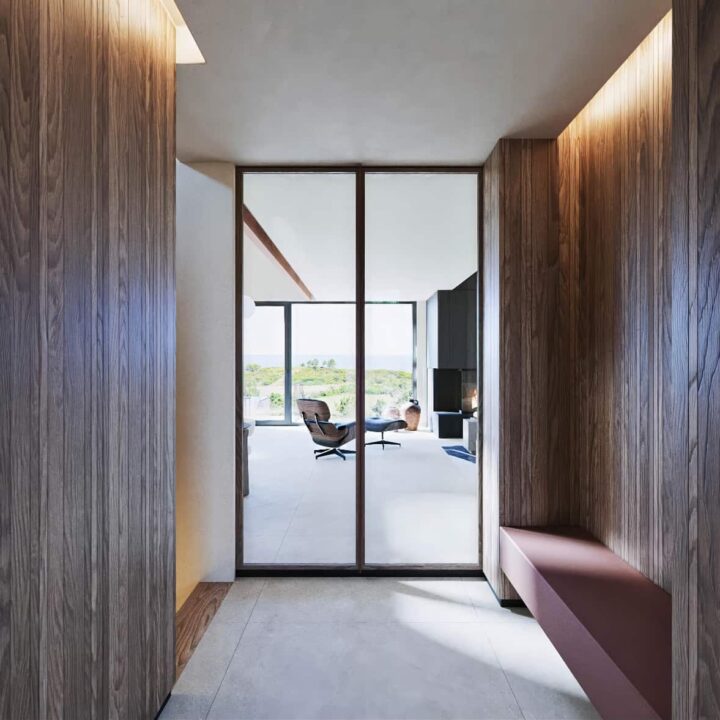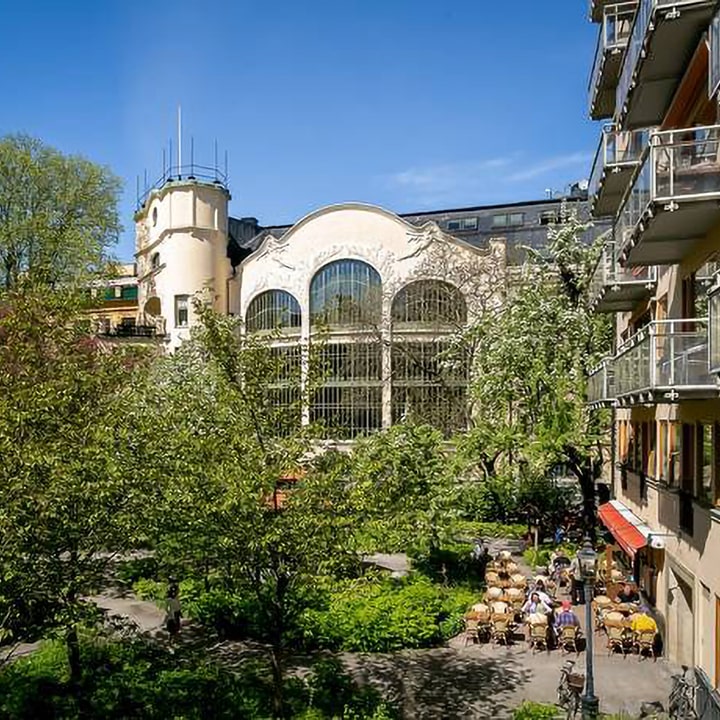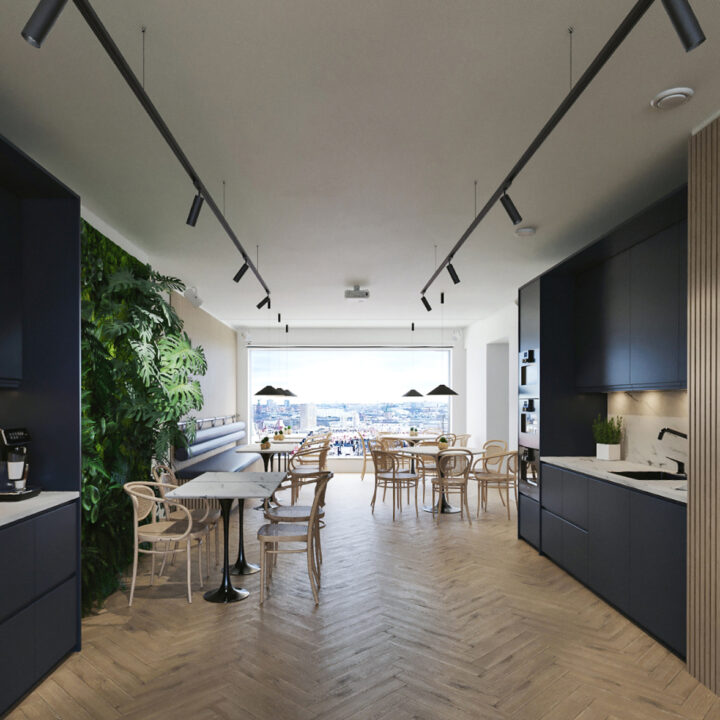Floor Plans
[ services ]
Floor Plans
Floor plans service is a professional service that provides detailed architectural drawings of the layout of a building, home or other structure. These plans include detailed information about the placement of walls, doors, windows, and other architectural elements, as well as the location of electrical and plumbing fixtures. The service is typically provided by architects, builders, or drafters who have specialized training in creating floor plans.
One of the key benefits of using a floor plans service is that it allows you to visualize the layout of your space before construction begins. This can help you to identify any potential issues or problems with the design, such as lack of natural light or limited space, and make any necessary changes before construction begins. It also allows you to make any necessary changes to the design to ensure that the space meets your needs and preferences.



Floor plans service is also particularly useful when building or renovating a home, as it can help you to identify the best placement of furniture, appliances and other household items, and make sure that the layout is comfortable and livable. Additionally, floor plans service can help you to understand the relationship between the different rooms in your home and how they flow together.
In conclusion, floor plans service is an essential tool for anyone looking to build or renovate a home, office or other structure. It allows you to visualize the layout of your space before construction begins, identify any potential issues or problems with the design, and make any necessary changes to ensure that the space meets your needs and preferences. With the help of a professional floor plans service, you can be confident that your space will be functional, efficient, and comfortable.

[ Projects ]






